TOPLINE:
Findings from an echocardiographic study of patients with heart failure with preserved or mildly reduced ejection fraction treated with an atrial shunt have shed more light on mechanisms that explain why certain patients appear to respond to the shunt therapy while others do not.
METHODOLOGY:
- In the REDUCE LAP-HF II trial, 626 patients with heart failure with preserved ejection fraction or mildly reduced ejection fraction were randomized to receive an atrial pump or a sham control.
- The main results, reported previously, showed an overall neutral outcome. However, subgroup analysis showed certain patients — those with no latent pulmonary vascular disease and no cardiac rhythm management device — appeared to benefit from the shunt.
- The current echocardiographic study was conducted to find out more about the long-term (2-year) effects of the atrial shunt therapy on cardiac structure and function and how these may differ between responders and nonresponders.
TAKEAWAY:
- In the overall trial population, the shunt reduced left ventricular end-diastolic volume and left atrial minimal volume and improved left ventricular systolic tissue Doppler velocity and left atrial emptying fraction compared with sham.
- Shunt treatment also increased right ventricular and right atrial volumes but had no effect on right ventricular systolic function, pulmonary artery pressure, or right atrial pressure compared with sham.
- When looking at the difference between responders and nonresponders, echocardiographic results showed that in the shunt arm, responders had smaller increases in right ventricular end-diastolic volume and end-systolic volume, and larger increases in transmitral A wave velocity than nonresponders, suggesting greater ability to accommodate shunted blood through the pulmonary circulation enabling left atrial unloading.
IN PRACTICE:
In an audio interview on the JAMA Cardiology website, senior author the study, Sanjiv J. Shah, MD, Northwestern University Feinberg School of Medicine, Chicago, explained what he thought was occurring.
"In responders to the atrial shunt blood is shunted from the left atrium to the right atrium/ventricle and it is then able to get to the pulmonary vasculature and back to the left side of the heart to be pumped out to the body. This is because the pulmonary vasculature and the right side of the heart are healthy."
"But in nonresponders, blood is shunted from the left atrium to the right atrium/ventricle but then it just sits there. It never gets back to the left side of the heart, so cardiac output goes down and the right side of the heart becomes overloaded."
"It is very clear that this echocardiographic analysis supports and explains a lot about the phenotypes we have already identified as potential responders and nonresponders to atrial shunt therapy."
Shah noted that at least eight companies are now developing similar atrial shunt devices. "It appears that some patients do benefit from these devices and do not have any long-term adverse consequences," he commented.
He added that the ongoing RESPONDER-HF trial seeks to further validate these findings through evaluation of the atrial shunt in patients with heart failure and preserved or mildly reduced ejection fraction who meet responder criteria.
SOURCE:
The current echocardiographic study was published online in JAMA Cardiology on April 17, 2024.
LIMITATIONS:
The echocardiography core lab was not blinded in all patients (ie, if they saw the device) and were not blinded to time point, but they were blinded to all clinical data. There may be some element of survivor bias because patients were only included in the echocardiographic analyses if they underwent imaging at each time point, although all-cause mortality at 2 years was low (5.93%).
DISCLOSURES:
The REDUCE LAP-HF II trial was funded by Corvia Medical. Shah reports receiving grants and personal fees from Corvia Medical during the conduct of the study.

.webp) 2 weeks ago
3
2 weeks ago
3

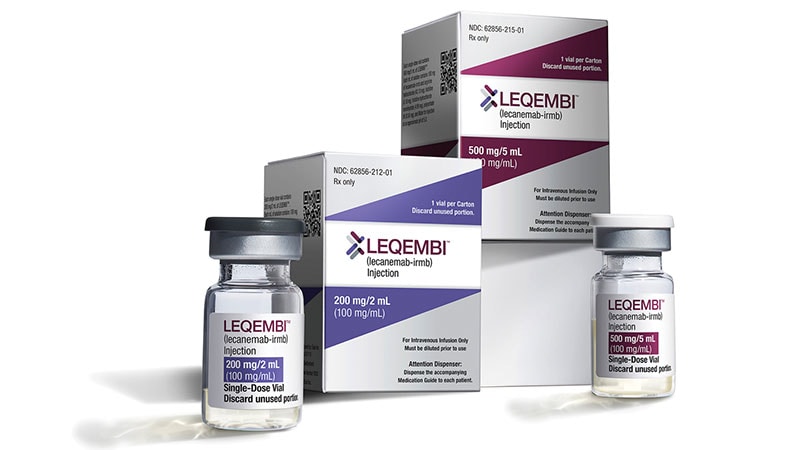

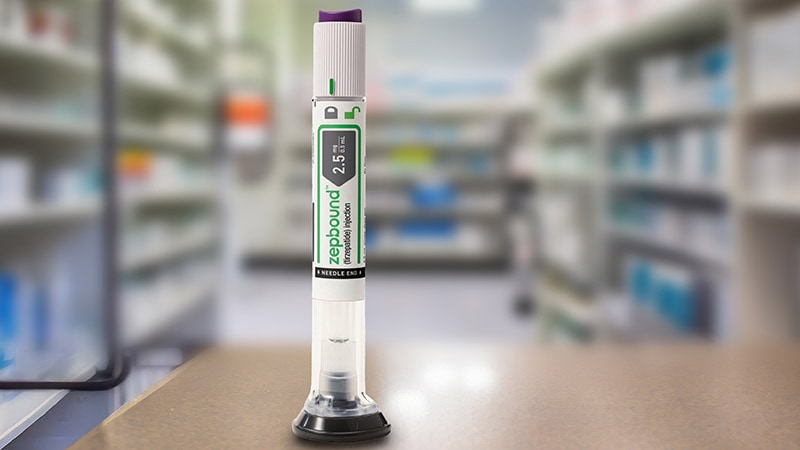
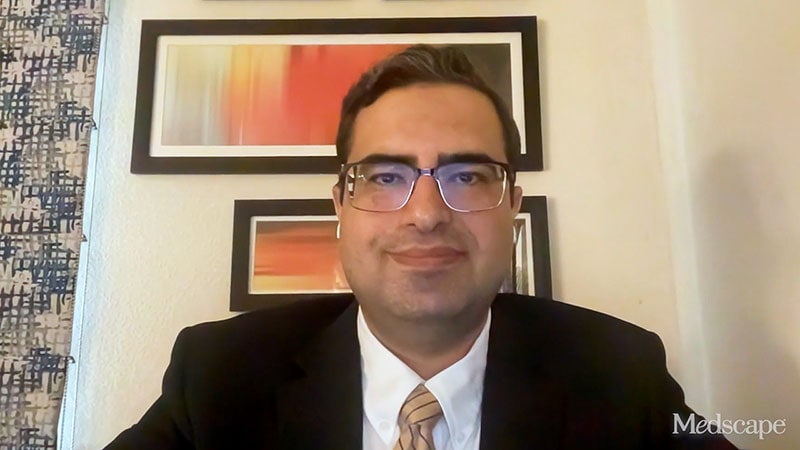


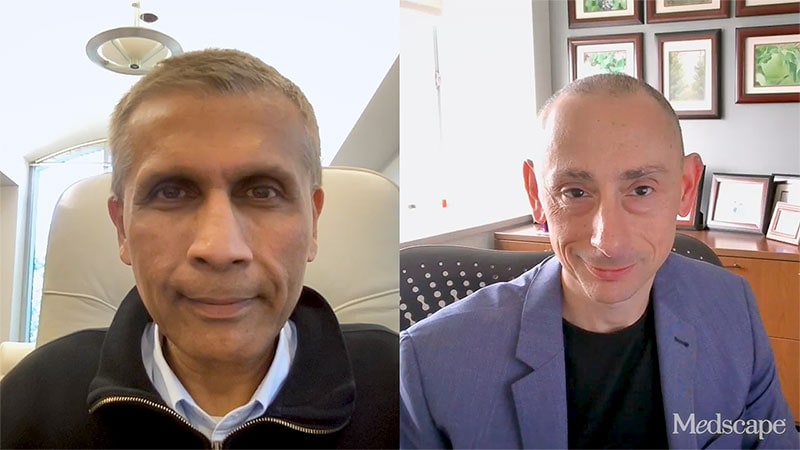



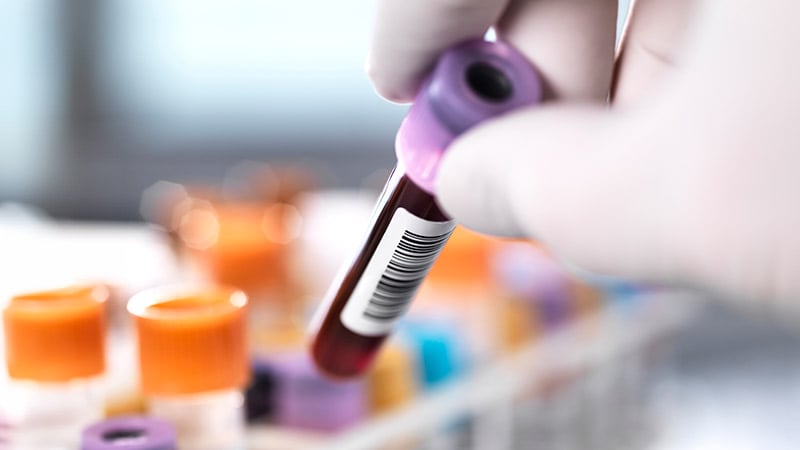
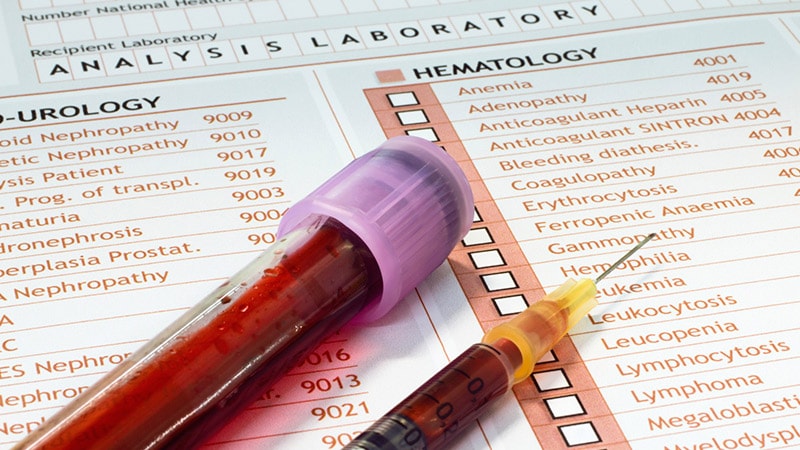









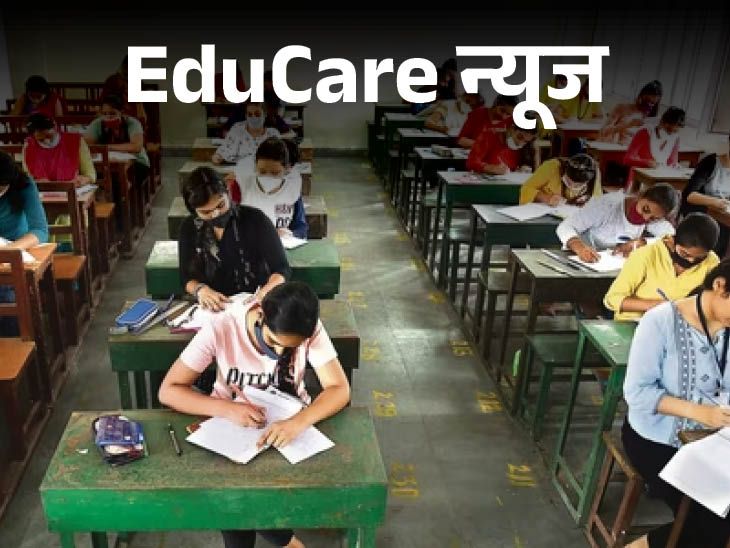




 English (US)
English (US)